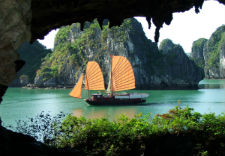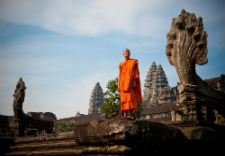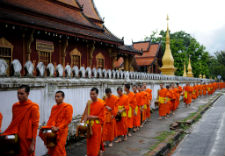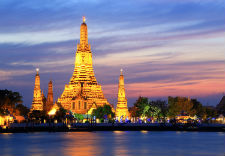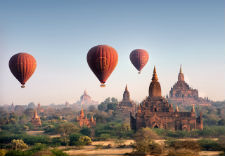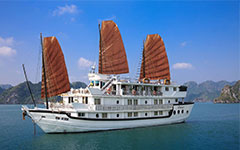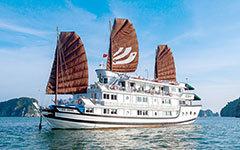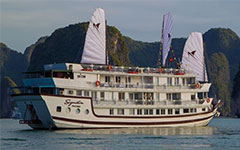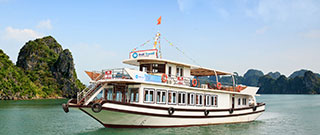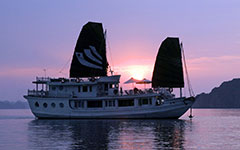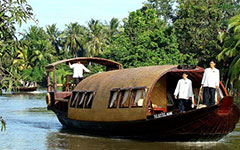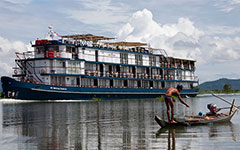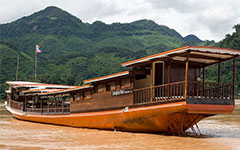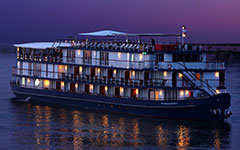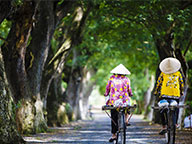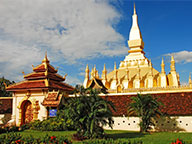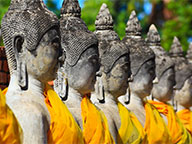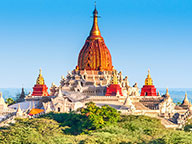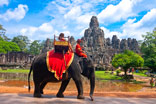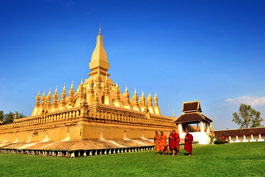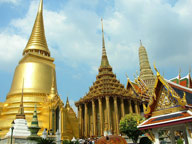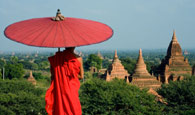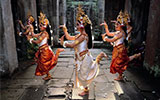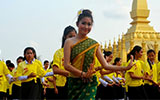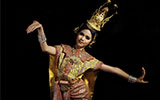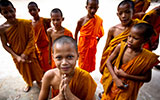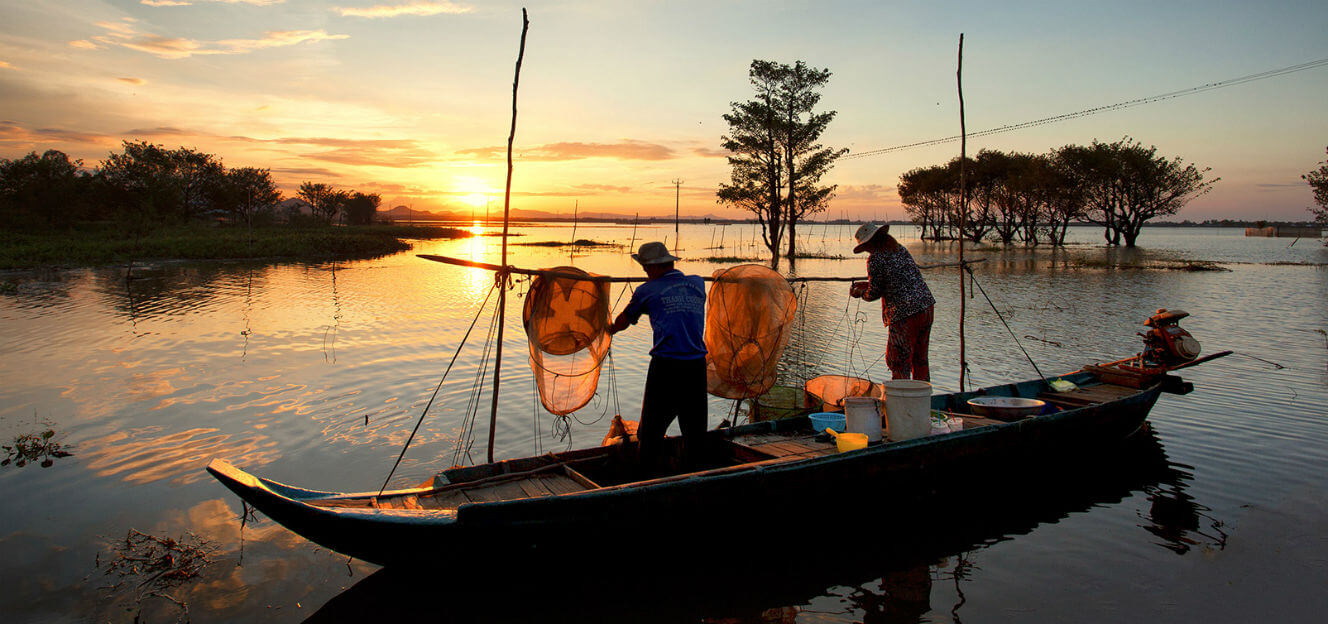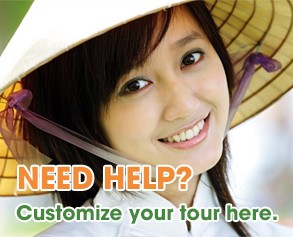Warning and Travel Tips for your Vietnam Trip
22/03/25
09:40
704
Warnings & Things to Watch Out For
- Scams & Overcharging
- Be cautious of taxi scams—use reputable apps like Grab or Mai Linh/Vinasun taxis.
- Avoid vendors who aggressively sell goods or tours with misleading prices.
- Count your change carefully, especially in markets and small shops.
- Traffic can be chaotic, especially in big cities like Hanoi and Ho Chi Minh City. Look both ways before crossing and walk at a steady pace—motorbikes will move around you.
- Avoid renting motorbikes unless you're experienced, as road rules are loosely followed.
- Keep your bag zipped and wear it across your body. Be especially careful in crowded areas and when using your phone near roads (snatch thefts from motorbikes are common).
- Central Vietnam (Da Nang, Hue, Hoi An) has a typhoon season (September–November).
- Northern Vietnam (Hanoi, Sapa, Halong Bay) can be cold in winter (December–February), so pack accordingly.
- Southern Vietnam (Ho Chi Minh City, Mekong Delta) is hot year-round with a rainy season (May–October).
- Street food is delicious but choose busy stalls where locals eat.
- Avoid tap water—stick to bottled or filtered water.
- Be cautious with ice in drinks (most tourist areas use safe ice, but check).
- Dress modestly when visiting temples and pagodas, and inside Ho Chi Minh Mausoleum —cover shoulders and knees.
- Avoid discussing sensitive topics like politics and the Vietnam War in depth.
- Always ask permission before taking photos of locals, especially in rural areas.
- Many nationalities need a visa before arrival; check Vietnam’s e-visa system online.
- Your passport should have at least six months’ validity from the date of entry.
Things to Do & Travel Tips
- Must-Visit Places
- North: Hanoi, Halong Bay, Sapa (mountains & trekking), Ninh Binh.
- Central: Hoi An (ancient town), Hue (imperial city), Da Nang (beaches & Ba Na Hills).
- South: Ho Chi Minh City, Mekong Delta, Phu Quoc Island, Cu Chi Tunnels.
- Transport Tips
- Domestic flights are the fastest way to travel long distances.
- Overnight trains and sleeper buses are affordable
- Grab (ride-hailing app) is reliable for short distances instead of taxis.
- Pho (Vietnamese noodle soup)
- Banh Mi (Vietnamese sandwich)
- Bun Cha (grilled pork with noodles, Hanoi specialty)
- Cao Lau (Hoi An noodle dish)
- Egg Coffee (Hanoi specialty)
- Bargain in local markets (except in malls and fixed-price stores).
- Check for quality before buying silk, coffee, or souvenirs.
- The Vietnamese Dong (VND) is the main currency; cash is preferred in small towns.
- ATMs are widely available but use ones attached to banks.
- Some places accept USD, but it's best to pay in VND.
Related
The Vietnamese people celebrate a long Lular New Year ( or Tet Holidays), it lasts from 7 - 10 days and is the biggest festive season of Vietnamese People
Many low-budget travelers considered Vietnam a heavenly place because in many shopping situations they can bargain the prices down to as much as a third of the original cost.
Most major currencies can be exchanged at leading banks in Vietnam, but away from the tourist centres the US-dollar remains king. Vietcombank is the most organised of the local banks for changing cash and can deal with euros, pounds and pretty much anything else you are packing.
The high season is from September to March but bad weather can disrupt travel in the centre of the country during this period, particularly from September to December. For the beaches in the centre of Vietnam, Danang, Hoi An and Nha Trang, it is best to go between May and August. The autumn is the best time to visit Halong Bay when there should be clear skies.
Organising travel insurance is an essential part of preparing for your overseas trip. If you are uninsured, you (or your family) are personally responsible for covering any medical or other costs resulting from unexpected incidents or accidents.
Vietnamese visa-on-arrival fee includes both the approval letter fee and stamping fee at Vietnam airport. As of 2016, the stamping fee is $25 for single entry visa (both 1 month and 3 month type) and $50 for multiple entry visa (both 1 month and 3 month type). Price is in US dollars and may change with advanced notice.
Vietnam has become a very popular destination since the 1990s in South East Asia, assisted by significant state and private investment, particularly in coastal regions. Accounting for 5,5 million international tourists visited Vietnam in 2015.
Before you travel, organise a variety of ways to access your money overseas, such as credit cards, travellers' cheques, cash, debit cards or cash cards. ATM and Banks are very popular in the cities in Vietnam. Not in the remote areas.
Pack medications in their original, clearly labelled, containers. A signed and dated letter from your physician describing your medical conditions and medications, including generic names, is also a good idea
